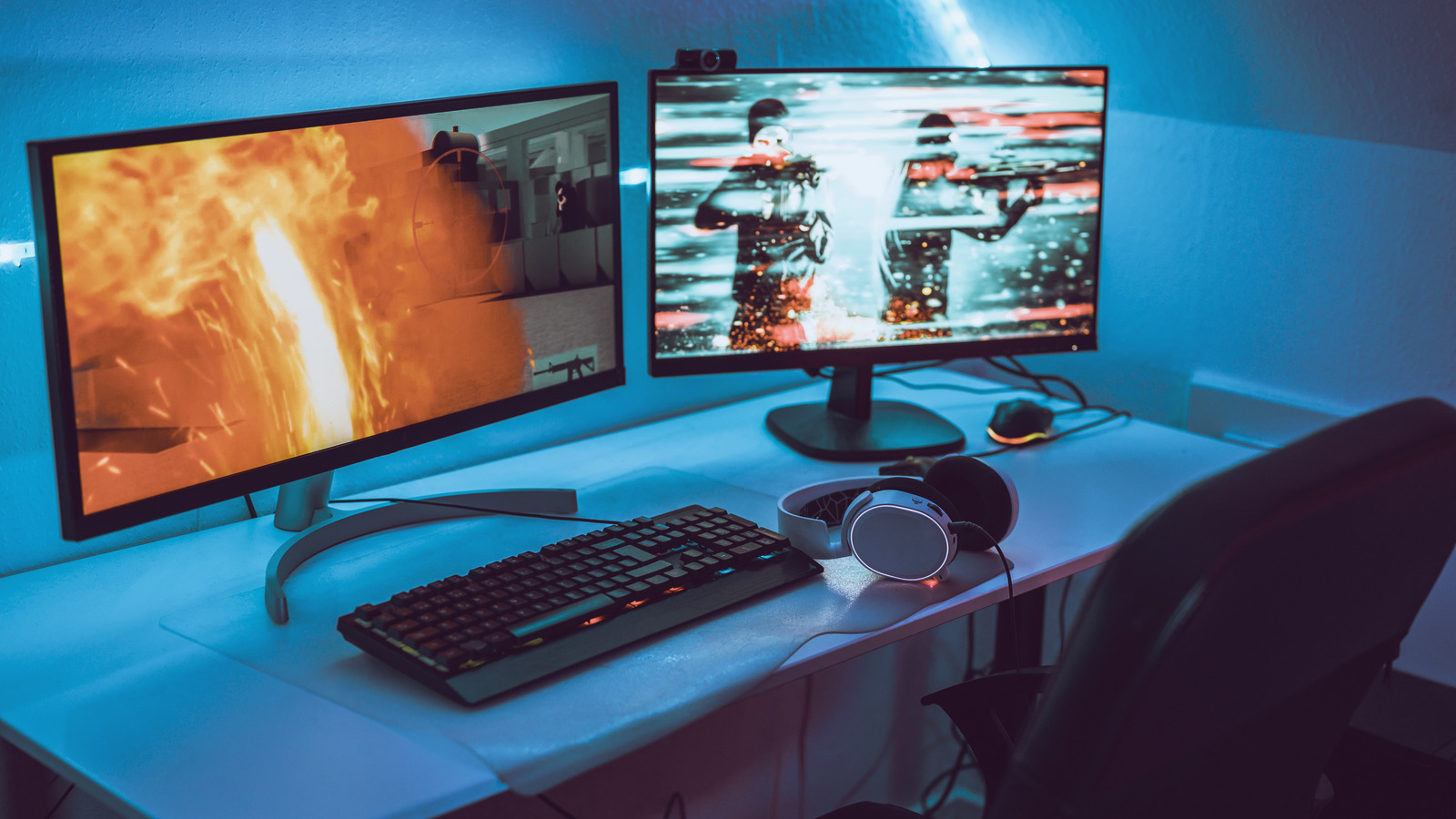The short answer as to whether or not you should turn V-Sync off is that it depends on a few factors — but probably yes. It sounds like a beneficial feature that smooths out your PC’s display, which very well may be the case. However, it can also negatively impact your overall performance by limiting your framerate and causing input lag.
No two PCs are the same, so the best way to figure out whether or not you need V-Sync is to test it on your machine. Turn V-Sync on if you notice frequent screen tearing when gaming or using other 3D applications, regardless of the hardware you’re working with. On the other hand, turn V-Sync off if you have it enabled and you’re noticing severe input lag or lower-than-normal framerates.
However, chances are that you don’t need to have V-Sync turned on. Screen tearing happens when games and applications run at a higher framerate than your monitor can handle. However, most of today’s monitors, particularly gaming monitors, have high refresh rates. It’s not uncommon to see monitors with 144Hz, 160Hz, and even 240Hz refresh rates.
If you have a high-refresh-rate monitor, you should turn V-Sync off because your monitor can handle the frames, so the only thing V-Sync is doing is limiting your framerate. However, if you have a low refresh rate monitor, V-Sync is a helpful tool for reducing screen tearing, so you should turn it on or look into using a similar feature like Nvidia G-Sync.


